Want to buy old house, is it safe?
tiffanyatwell
16 years ago
Featured Answer
Sort by:Oldest
Comments (14)
happycthulhu
16 years agolucy
16 years agoRelated Professionals
Fresno Kitchen & Bathroom Designers · Leicester Kitchen & Bathroom Designers · Schenectady Kitchen & Bathroom Designers · Bensenville Kitchen & Bathroom Designers · Key Biscayne Kitchen & Bathroom Remodelers · Ogden Kitchen & Bathroom Remodelers · Olney Kitchen & Bathroom Remodelers · Port Angeles Kitchen & Bathroom Remodelers · Turlock Kitchen & Bathroom Remodelers · Westchester Kitchen & Bathroom Remodelers · Plant City Kitchen & Bathroom Remodelers · Central Islip Architects & Building Designers · New River Architects & Building Designers · Rocky Point Architects & Building Designers · West Palm Beach Architects & Building Designersmebits
16 years agopowermuffin
16 years agoallison1888
16 years agojegr
16 years agoealdora
16 years agoworthy
16 years agobungalowbees
16 years agofuzzy
16 years agonewdawn1895
16 years agochristoper786_gmail_com
15 years agobrickeyee
15 years ago
Related Stories
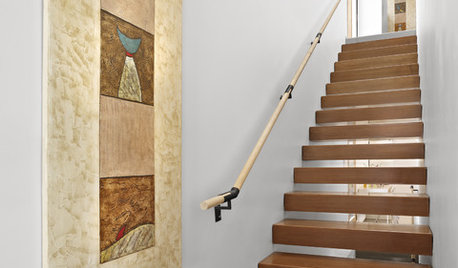
KNOW YOUR HOUSEStair Design and Construction for a Safe Climb
Learn how math and craft come together for stairs that do their job beautifully
Full Story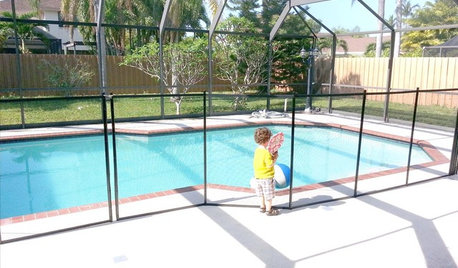
HEALTHY HOMEThese Steps Will Help Keep Kids Safe Around Pools and Spas
Implement several layers of security to prevent life-threatening accidents in and around the pool
Full Story
DECORATING GUIDES10 Easy Fixes for That Nearly Perfect House You Want to Buy
Find out the common flaws that shouldn’t be deal-breakers — and a few that should give you pause
Full Story
MOVINGHome-Buying Checklist: 20 Things to Consider Beyond the Inspection
Quality of life is just as important as construction quality. Learn what to look for at open houses to ensure comfort in your new home
Full Story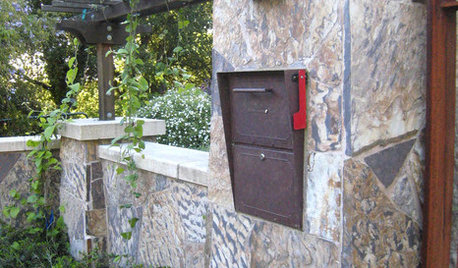
EXTERIORSSpecial Delivery: Keeping Your Packages Safe
Online sales are up, and so is the number of boxes delivered to homes. Here’s how to keep them beyond the grasp of porch pirates
Full Story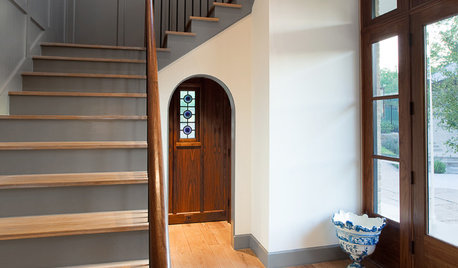
CONTRACTOR TIPSAn Expert Guide to Safe and Stylish Staircases
Understanding how stairs are designed and laid out can help you make the best decisions for safety and beauty in your home
Full Story
REMODELING GUIDESThe Hidden Problems in Old Houses
Before snatching up an old home, get to know what you’re in for by understanding the potential horrors that lurk below the surface
Full Story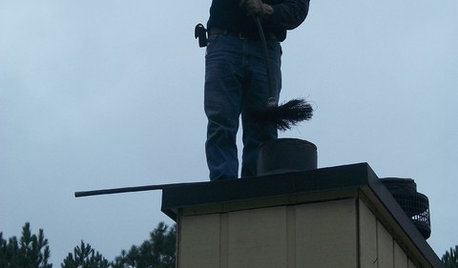
HOUSEKEEPING12 Steps to a Safe, Cozy Home for a New Year
From smoke detectors to furnace filters, let January 1 be a reminder of some must-dos around the house
Full Story
DECORATING GUIDESDecorate With Intention: To Buy or Not to Buy
Before you make your next home-decor purchase, ask yourself these 10 questions
Full Story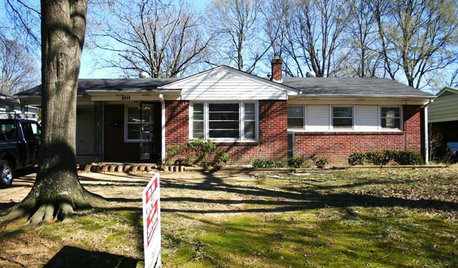
REMODELING GUIDES5 Ways to Protect Yourself When Buying a Fixer-Upper
Hidden hazards can derail your dream of scoring a great deal. Before you plunk down any cash, sit down with this
Full Story









User